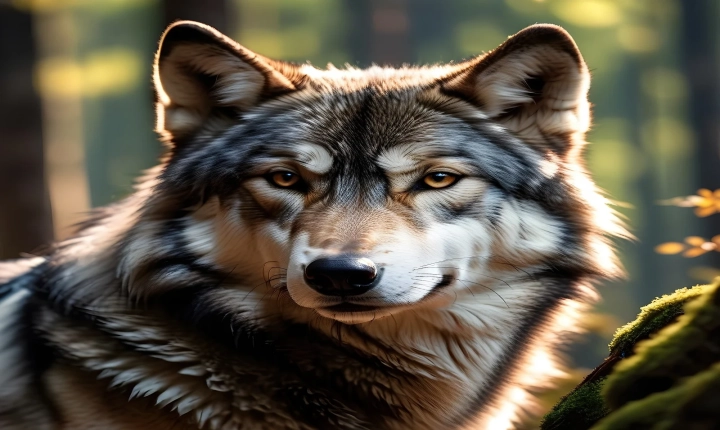Title: Can AI Create Original Art? Exploring the Intersection of Artificial Intelligence and Creativity
The field of artificial intelligence (AI) has made significant strides in recent years, from driving cars to diagnosing diseases. But can AI truly create original art? This question has sparked much debate and intrigue within the art world and technology community, as AI systems continue to produce art that challenges traditional notions of creativity and originality.
Advancements in AI, particularly in the realm of generative adversarial networks (GANs) and deep learning algorithms, have enabled machines to produce art that bears a strong resemblance to the work of human artists. These AI systems can analyze vast amounts of visual data, learn patterns and styles, and then generate new and visually compelling artwork.
One of the most notable examples of AI-generated art is the well-known “Portrait of Edmond de Belamy,” created by the Paris-based art collective Obvious using a GAN. This piece of art was the first AI-generated work to be sold at auction, fetching a price of $432,500. The success of this sale sparked conversations about the nature of AI-generated art and whether it can be considered truly original.
Proponents of AI-generated art argue that these systems have the ability to create work that is wholly distinct from human art due to the unique nature of their learning processes. They argue that AI systems do not merely replicate existing styles, but rather create new and unexpected combinations of visual elements, leading to the emergence of novel artistic expressions.
On the other hand, skeptics question the authenticity and originality of AI-generated art, arguing that these creations are essentially a mimicry of human art rather than true original works. They argue that at its core, AI is trained on existing human-created data and therefore, any new artwork it produces is fundamentally derivative.
Despite the ongoing debate, AI-generated art has gained recognition in the art world, with exhibitions featuring exclusively AI-generated works and scholarly publications exploring the philosophical and ethical implications of AI creativity.
Furthermore, the collaboration between artists and AI systems has resulted in exciting and thought-provoking art, blurring the lines between human and machine creativity. Artists are using AI tools as a means of expanding their creative potential, leveraging the unique capabilities of these systems to push the boundaries of art and explore new creative frontiers.
Nevertheless, the question remains: can AI truly create original art? The answer may lie in accepting that creativity is an evolving concept, and the role of AI in art is not a replacement for human creativity, but rather a complement to it. AI-generated art challenges our understanding of originality and creativity, pushing us to reconsider the nature of artistic expression in the digital era.
As AI continues to progress, it is likely that the intersection of artificial intelligence and creativity will yield even more innovative and intriguing art forms. Ultimately, the co-creation of art by humans and AI systems may lead to a redefinition of what it means to be creative, opening up new possibilities for artistic expression and appreciation. It is a fascinating journey with no clear destination, one that continuously challenges the boundaries of art, creativity, and technology.
